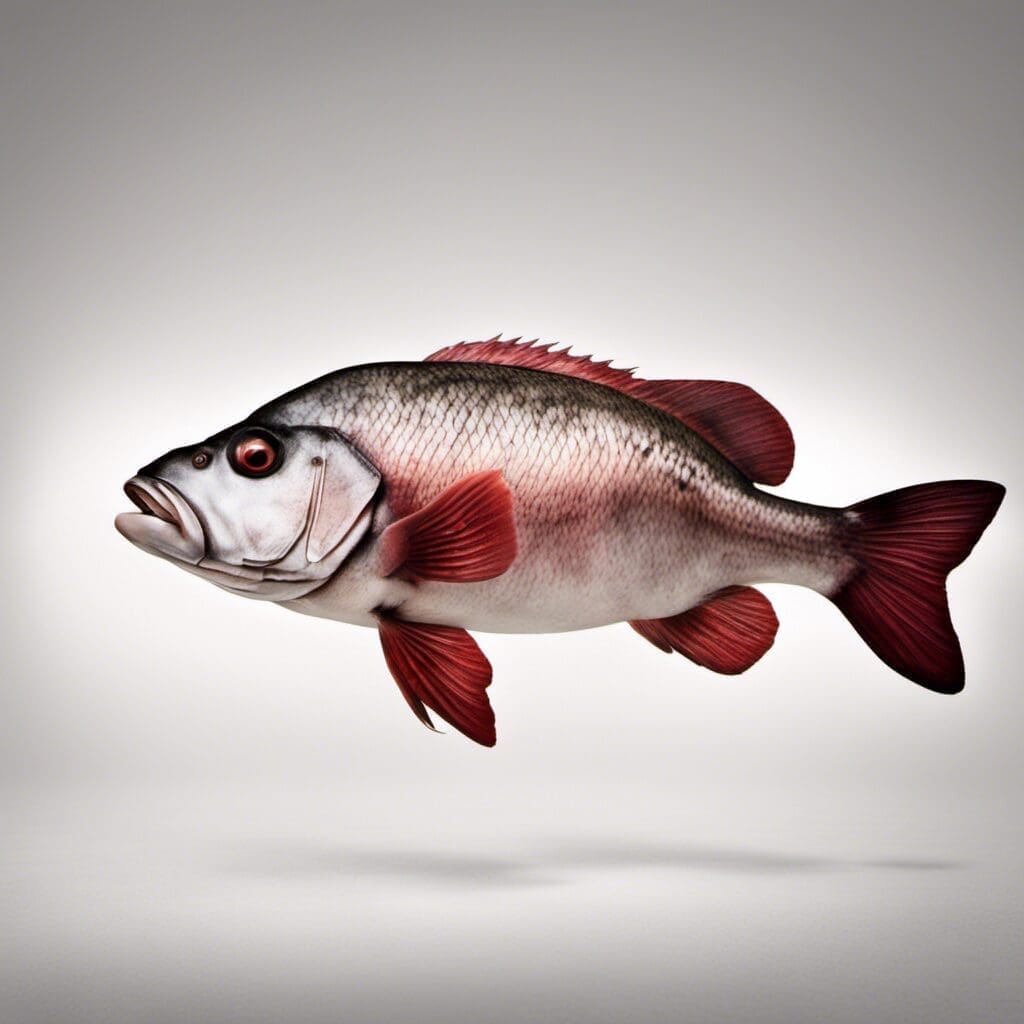Introduction
The California Sheephead, scientifically known as Semicossyphus pulcher, is a unique species that belongs to the Labridae family. This distinctive fish is known for its vibrant color and interesting sexual dimorphism, where males and females show distinct differences in their physical appearance.
Conservation Status
As per the International Union for Conservation of Nature (IUCN), the California Sheephead is currently classified as Vulnerable. Efforts are ongoing to maintain and improve the population numbers through regulation of fishing. Special management areas have also been designed to protect these unique species.
Statistics
| Average Length | 35-91 cm (male), 30-61 cm (female) |
|---|---|
| Weight Range | 14 kg (max) |
| Average Lifespan | Up to 53 years |
| Sexual Maturity | Between 4-6 years |
Distribution
California Sheephead are generally found in the Eastern Pacific, from Monterey, California, USA to the Gulf of California, Mexico. They are non-migratory species and usually stay within their home ranges.
Habitats
California Sheephead prefer rocky reefs and kelp forests. They are found at depth range of 3 – 61 meters. They thrive in a temperature range of 59 – 72 °F (15 – 22 °C) .
When and Where to See
They are most active during the day whereas at night they go into crevices. They can be observed throughout the year but are most commonly seen during the spawning season which is in the late summer and early fall.
Best Fishing Locations
- Point Loma, California
- Santa Catalina Island, California
- San Miguel Island, California
- Channel Islands, California
- La Jolla, San Diego, California
How to Catch
Squid is one of the preferred baits for catching California Sheephead, and they can also be tempted with shrimp or crabs. Bottom fishing is the preferred method as they spend most of their time near the sea bed. The best time to fish is during the day.
Identification Guide
California Sheephead are identified by their elongated bodies with black head and tail, and a red midsection. Males have a protruding forehead while females do not.
Culinary
California Sheephead is a great source of protein and is low in fat. Their firm, white flesh has a mild, sweet flavor with a non-fishy smell. They can be prepared in a variety of ways - boiled, baked, fried, or grilled.
Additional Information
California Sheephead are omnivorous and their diet includes sea urchins, crabs, and various small invertebrates. Major predators include sea lions, harbor seals, and large fish. The California Sheephead has a unique sexual transformation characteristic where most individuals are born female and transform into males at around 13-14 years.
References and Further Reading
- Fishbase (Semicossyphus pulcher)
- Wikipedia (California Sheephead)

